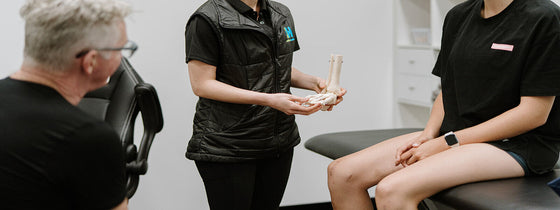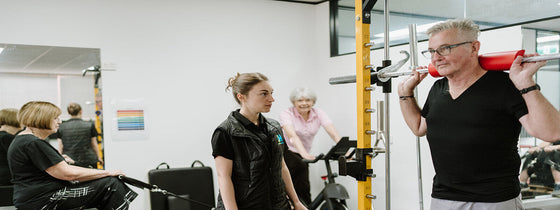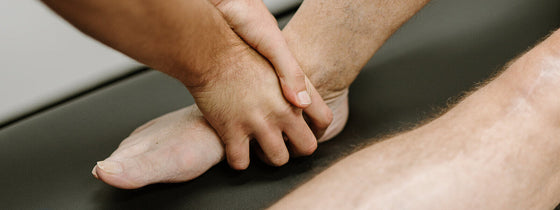Post-op rehabilitation following a total or a reverse total shoulder replacement is super important! Common questions like should it still hurt, how long should I wear my sling and when can I get back to activity are queries OHL Physios hear – and yes we also have the answers for you too! Here are 4 key tips to smash your rehab goals:
Have you got a shoulder replacement surgery coming up? Get proactive and book your post-operative surgery appointment now (for 2weeks after your operation), and your OHL Physio will be ready and waiting to partner you through this optimal rehab journey. You can book via 9431 5955, or via our online booking platform on our website.

If you're experiencing back or neck pain with neurological signs and symptoms, a thorough neurological examination is crucial for accurate assessment and effective treatment. In this Optimal Tip learn more about what we mean by completing a neurological exam!

Squats, deadlifts, and calf raises are key movement patterns that should be part of every strength and conditioning program—regardless of age and activity level. These functional movements support joint health, improve posture and balance, and reduce the risk of injury while building strength where it matters most.

A ganglion cyst is a fluid-filled swelling that typically forms over a joint or tendon sheath, causing discomfort and pain, especially when pressing against nerves or joints. Proper assessment and treatment, including physiotherapy, are essential for managing symptoms and improving function in the presence of a ganglion in your hand, foot, or wrist.